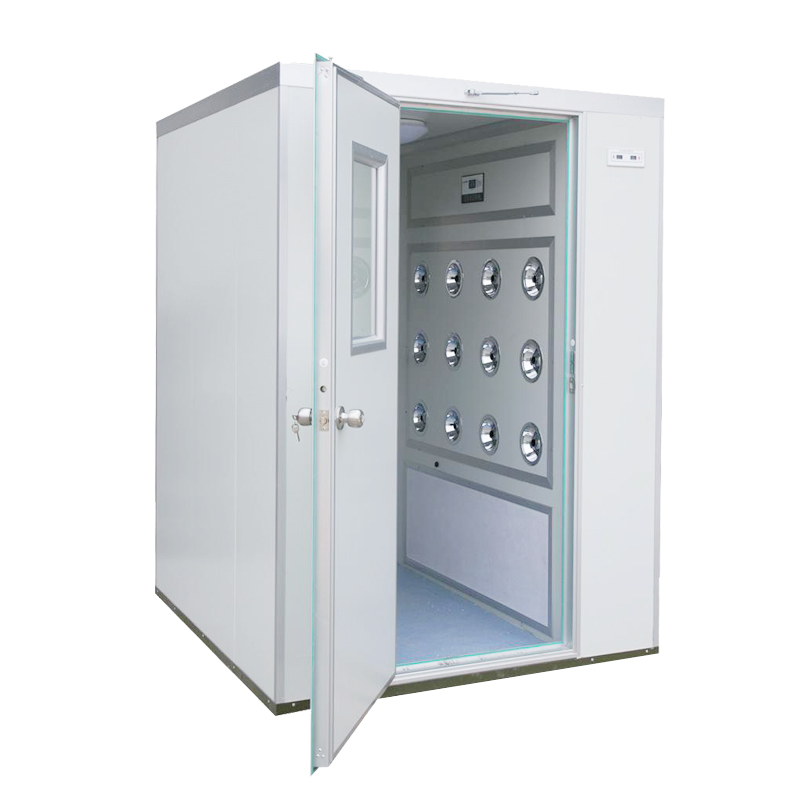

In industries where sterility, precision, and controlle […]
In industries where sterility, precision, and controlled environments are paramount, clean rooms have become an indispensable part of the process. From pharmaceutical manufacturing to semiconductor production, these specialized spaces are designed to maintain air purity and minimize the presence of airborne particles. But clean rooms are not limited to industrial settings; they are also essential in research, healthcare, biotechnology, and even in some food production environments.
A Class 1 clean room has fewer than 1 particle larger than 0.5 microns per cubic meter of air, making it the most stringent level of cleanliness. On the other hand, a Class 100,000 clean room allows up to 100,000 particles of the same size per cubic meter, suitable for less sensitive applications.
In the pharmaceutical and biotechnology sectors, clean rooms play a crucial role in the manufacturing of drugs, vaccines, and other medical products. These environments prevent contamination by bacteria, viruses, or particles that could affect the quality and safety of medicines. A sterile environment is necessary for everything from drug formulation to the packaging of finished products.
In biotechnology, clean rooms are essential for processes such as cell culture, gene editing, and microbiology research. Maintaining a contaminant-free environment is vital to ensure the accuracy and reliability of experimental results.

The semiconductor industry relies heavily on clean rooms for the production of microchips, circuit boards, and other electronic components. The fabrication of these components requires precision, and even the smallest particle of dust can cause defects in the product. Clean rooms ensure that contaminants, such as dust or oil droplets, do not interfere with the production process, maintaining the high standards needed for electronics that are increasingly small and intricate.
Clean rooms are used in healthcare settings, particularly for surgeries, medical device manufacturing, and in hospital pharmacies where sterile preparation of medications is required. The prevention of infections and contamination in these environments is essential for patient safety.
Medical research labs, especially those involved in experiments with viruses or genetically modified organisms, also require controlled environments to ensure the integrity of the research and the safety of both researchers and the community.
Clean rooms are not limited to industrial and scientific fields. In the food industry, they are used for the production of sensitive food products like baby formula, dairy products, or ready-to-eat meals. Clean rooms in food manufacturing ensure that the food is free from contaminants, preserving both its safety and quality for consumption.
Building a clean room is a complex process that involves several components to control the environment and maintain cleanliness. Here are some of the essential aspects of clean room construction:
One of the key elements of a clean room is its air filtration system, which includes High-Efficiency Particulate Air (HEPA) filters or Ultra Low Particulate Air (ULPA) filters. These filters are designed to capture and remove particles from the air to maintain cleanliness. The ventilation system in a clean room must be designed to circulate clean air at a specific rate, ensuring that particles are constantly removed from the room and that air pressure is maintained.
Temperature and humidity levels are also tightly controlled in a clean room. These factors can influence the growth of microorganisms, condensation, and the stability of certain products. Clean rooms typically maintain a temperature range of 18-22°C (64-72°F) and humidity levels of 40-60%.
The surfaces inside a clean room must be smooth, non-porous, and easy to clean to prevent the accumulation of particles. Walls, floors, and ceilings are often made from materials like stainless steel, vinyl, or epoxy resin. The design of the room itself also minimizes places where dust and dirt can accumulate, such as vents and corners.
Strict protocols govern the behavior of personnel within clean rooms. Workers must wear protective clothing, such as gowns, gloves, shoe covers, and face masks, to minimize the transfer of contaminants. Before entering, individuals typically undergo a decontamination process, including a thorough hand-washing procedure and, in some cases, the use of air showers to remove particles from their clothing.
The benefits of clean rooms extend beyond just preventing contamination. They ensure product quality, protect public health, and support cutting-edge research. Some key benefits include:
In industries like pharmaceuticals and electronics, the ability to produce defect-free products is paramount. Clean rooms help maintain the standards necessary for high-quality manufacturing.
In industries such as biotechnology and healthcare, clean rooms protect both workers and the public from potentially hazardous materials, such as infectious agents or toxic chemicals.
Many industries that use clean rooms are subject to stringent regulatory standards. For example, pharmaceutical manufacturers must adhere to guidelines set by the FDA (Food and Drug Administration) and GMP (Good Manufacturing Practice). Clean rooms ensure that these standards are met.
Clean rooms are essential for maintaining the accuracy and reproducibility of scientific research. By eliminating the risk of contamination, researchers can focus on their work without worrying about variables caused by external factors.
Our new models offer superb design;competitive prices and their new features give them distinct advantages over similar products from other manufacturers.